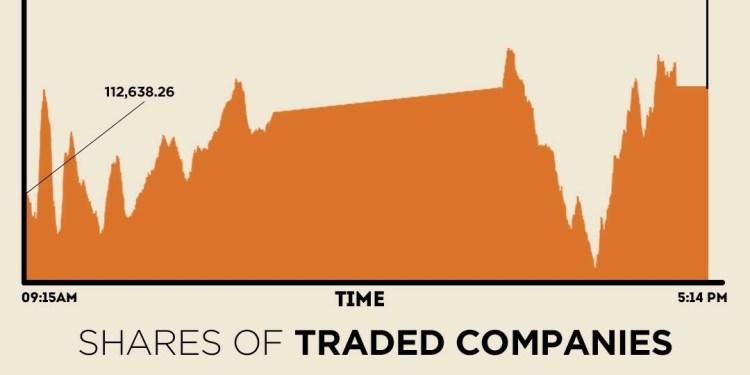 © Reuters. A driver looks at the price as he fills the tank of his car at a gas station in Shanghai
© Reuters. A driver looks at the price as he fills the tank of his car at a gas station in ShanghaiBy David Gaffen
NEW YORK (Reuters) – Crude prices rose on Wednesday, supported by a larger-than-expected drop in U.S. inventories and the continued outage of the North Sea Forties pipeline system.
stocks fell by 6.5 million barrels, more than expected, in the week to Dec. 15, while gasoline stocks rose 1.2 million barrels, less than anticipated, the Energy Information Administration said on Wednesday, even though refining activity rose.
West Texas Intermediate crude futures settled up 53 cents at $58.09 a barrel, while ended up 76 cents at $64.56 a barrel.
Crude stocks, excluding the U.S. Strategic Petroleum Reserve, are at 436.5 million barrels, the lowest since October 2015.
Inventories have been steadily declining in the United States due to strong export demand and efforts by major oil producers to restrict supply.
Refiners in the United States continue to run at above-average rates than is typical for this time of year, which is offsetting strong U.S. production, and resulting in product that is ready for export or domestic use.
For the most recent week, refiner capacity utilization rose to 94.1 percent, the highest since the summer, and above average for December, notes Richard Hastings, macro strategist at Seaport Global Securities in Charlotte.
“Crude oil stocks are getting gobbled up and that is preventing a buildup from U.S. oil production,” he said. “It’s a stable story where the floor for crude prices is looking very firm.”
OPEC and 10 other producers led by Russia last month extended an agreement to cut oil production by 1.8 million bpd until the end of next year to eliminate an oil glut.
Some producers, including Russia, had raised concerns over whether the deal should continue through the end of 2018. On Wednesday, Saudi Arabian energy minister Khalid al-Falih said it would be premature to discuss changes to OPEC’s policy. He said the drawdown of inventories would likely take through the second half of 2018.
On Wednesday, Kuwait’s oil minister Bakhit al-Rashidi said compliance among both OPEC and non-OPEC members currently stands at 122 percent, highest since the deal was implemented in January.
Rising U.S. crude production, which has soared by 16 percent since mid-2016 to 9.8 million bpd, was capping prices. The all-time U.S. production record of more than 10 million bpd was set in the early 1970s and is based on monthly EIA figures.
Most analysts expect U.S. output to break that record soon, and take it to levels on a par with top exporter Saudi Arabia and close to top producer Russia, which pumps around 11 million bpd.
Prices have been supported by the continuing outage of Britain’s Forties pipeline in the North Sea, which delivers crude underpinning Brent futures.
Operator Ineos said repairs were under way on Wednesday after a crack was found that closed the pipeline on Dec. 11. Repairs are expected to take two to four weeks.
Fusion Media or anyone involved with Fusion Media will not accept any liability for loss or damage as a result of reliance on the information including data, quotes, charts and buy/sell signals contained within this website. Please be fully informed regarding the risks and costs associated with trading the financial markets, it is one of the riskiest investment forms possible.
Source: Investing.com



























